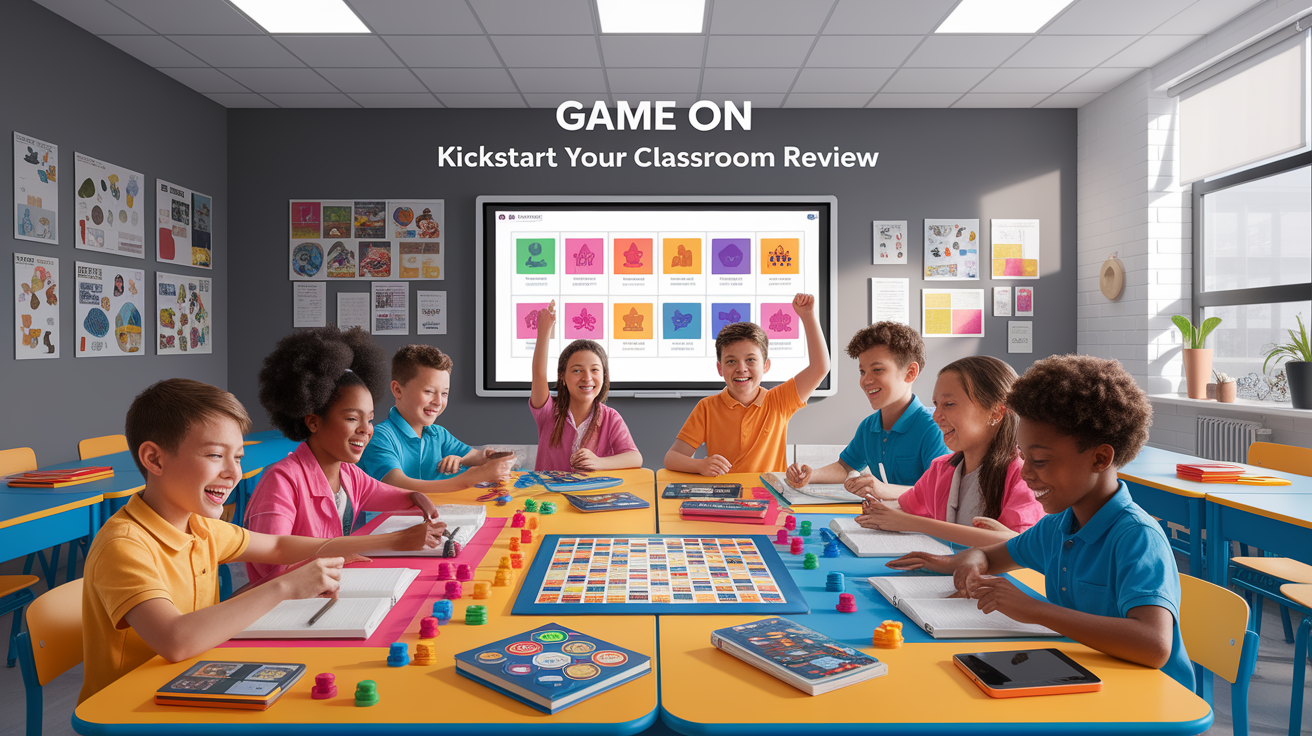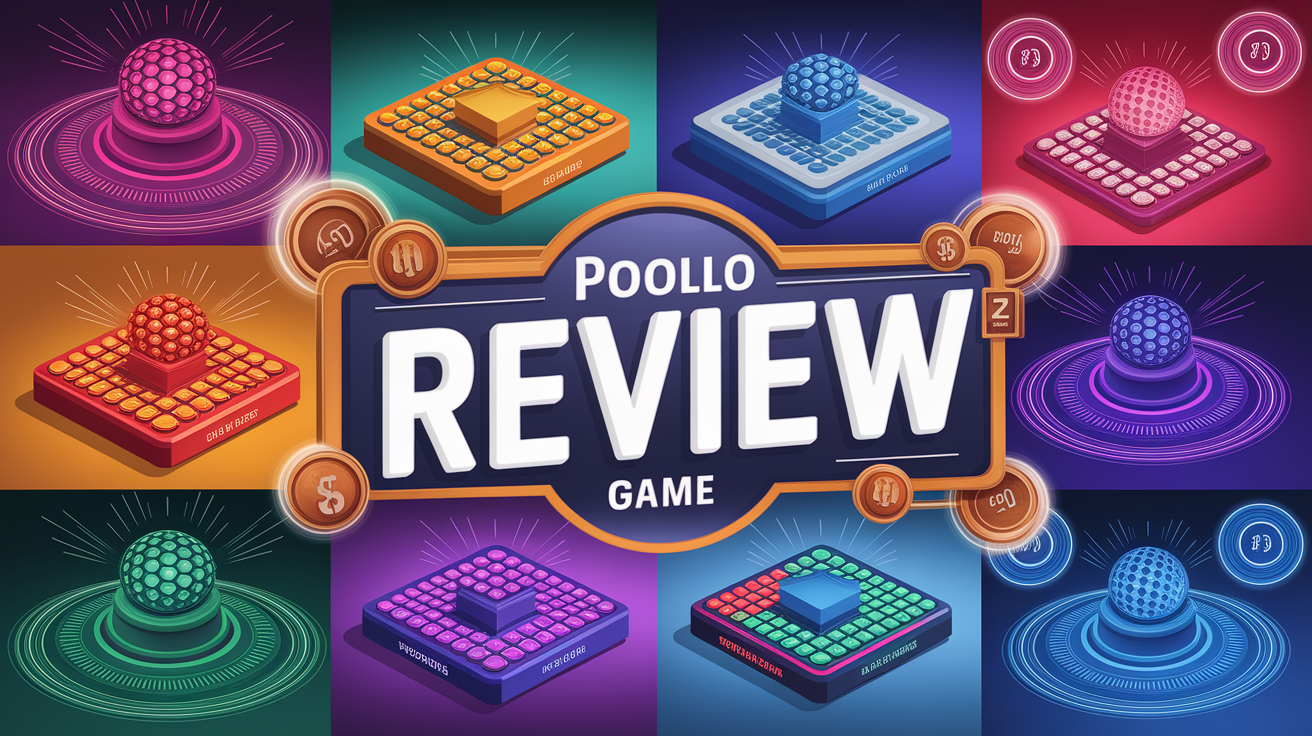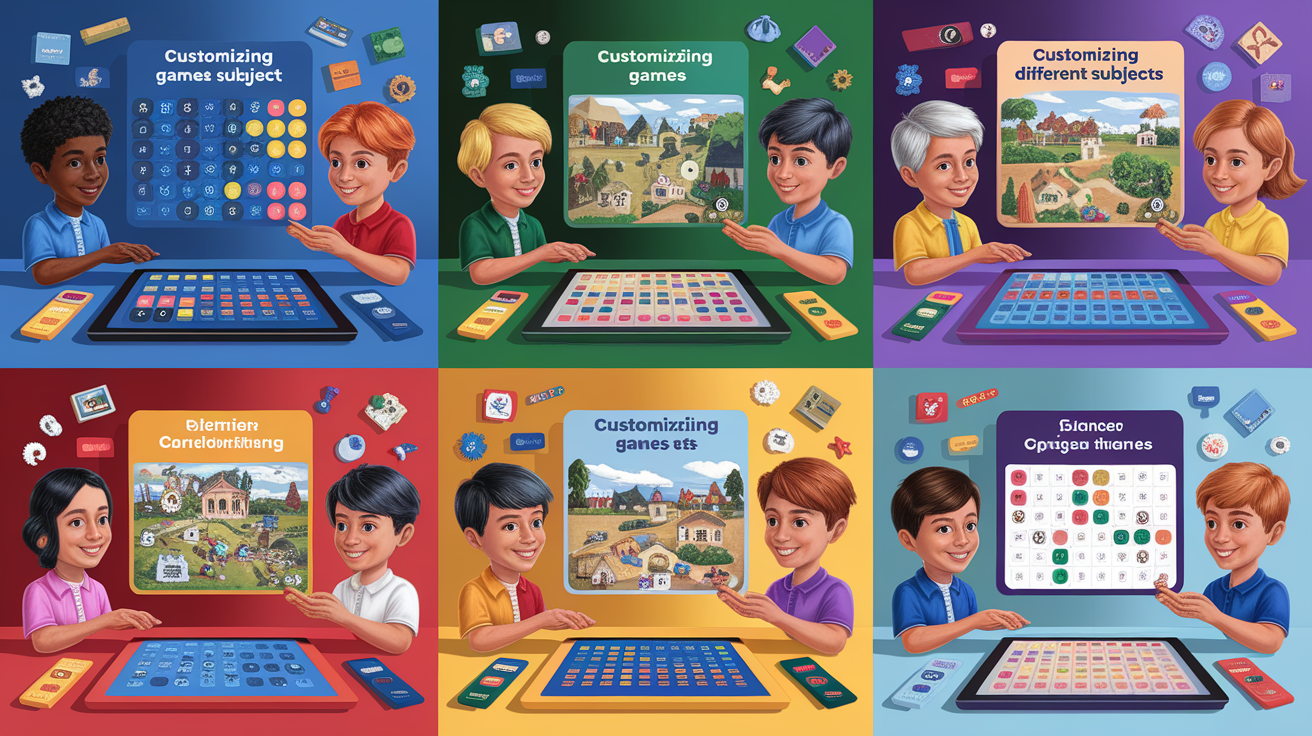Game On: Kickstart Your Classroom Review
Alright, teachers—time to trade in the yawn-inducing worksheet review sessions for something that will have your students sitting at the edge of their seats! Classroom review games are an exciting way to transform those “let’s go over the material” moments into lively, laughter-filled learning experiences. When we turn reviewing into a game, we not only make it more memorable, but we also get all the magic of increased engagement, motivation, and active participation.

Think of them as a supercharged review strategy that doubles as a team-building exercise and boosts learning retention. Plus, the competitive and collaborative elements tap into student motivation techniques that get even your most reluctant learners joining in. So, let’s load up some fun ideas and see how gamification in education can work wonders in your classroom.
Popular Review Game Formats
There’s no one-size-fits-all review game—it’s a buffet of interactive learning activities! Here are a few crowd-pleasers your students will love:

- Quiz Show Style: Bring the buzzers and excitement with Jeopardy-inspired games or use platforms like Quizizz, Kahoot, Blooket, and Gimkit for a fast-paced, tech-savvy twist.
- Team Play: Encourage collaboration with Quizlet Live, Socrative, or group-based competitions that emphasize strategy and peer support.
- Escape Room Challenges: Whether digital or print-based, these activities make students use critical thinking, content knowledge, and teamwork to “unlock” the win (yes, they really help collaboration and deeper engagement!).
- Movement Games: Try the Scoot game, Four Corners, or relay races for kinesthetic learners—perfect as classroom review games without technology.
- Quick Checks: Wrap up lessons with exit tickets, mini whiteboard races, or Plickers for immediate formative assessment.
If you’re aiming for variety, mix and match these formats through the school year to keep your review activities fresh and fun!
Customizing Games for Different Subjects
The best part about review games? They’re as flexible as a yoga master. With a little creativity, you can adapt them for any grade level or subject area. Here’s how:

- Math: Turn problem-solving into a relay race, or use Nearpod to host math-based quiz games with instant student feedback.
- Science: Create a themed escape room where “lab results” or “field samples” are locked behind riddles and content questions.
- English/Language Arts: Use vocabulary review games like word bingo, charades, or Pictionary for literary terms.
- History/Social Studies: Run a timeline-building competition or a strategy-based country trivia game.
Digital classroom tools like Mentimeter, Padlet, and Flipgrid make it easy to create multimedia activities for different learning styles while reinforcing content in an engaging way.
Best Practices for Seamless Implementation
Now, let’s talk classroom logistics—because a great game needs more than a great idea to succeed. Here’s your blueprint:

- Align with Learning Goals: Choose or design games that directly reinforce your teaching objectives (more tips on matching gameplay with curricular content here).
- Balance Fun and Fairness: Keep competition healthy—remember that collaboration fosters confidence as much as challenge fuels determination.
- Be Inclusive: Make sure all students can participate, whether they are tech-savvy, shy, or prefer hands-on activities.
- Clear Instructions: Explain rules upfront to avoid chaos and maximize game time.
- Debrief: Always circle back to the “why” of the activity to ensure knowledge sticks!
And yes—technology access matters. If devices are limited, opt for no-tech games like Four Corners or printable board-game-style templates.
Victory Lap: Wrapping Up Your Game Plan
Classroom review games aren’t just a gimmick—they’re powerful cognitive and social skill boosters that transform review time into a vibrant, participatory experience. Whether you’re prepping for a big test, revisiting key concepts, or just looking to energize your classroom, there’s a game format and style to suit every need. When students are actively involved, communicating with peers, and having fun, they’re not just reviewing—they’re learning on a deeper level.
So next time you’re planning a review session, ditch the monotone recitation and hit play. Your students will thank you, their scores will reflect it, and hey—you might have just as much fun as they do!




